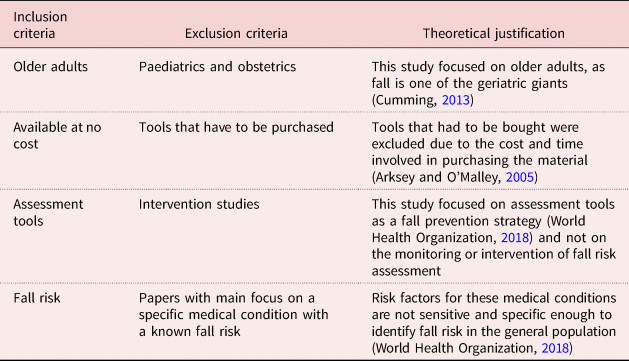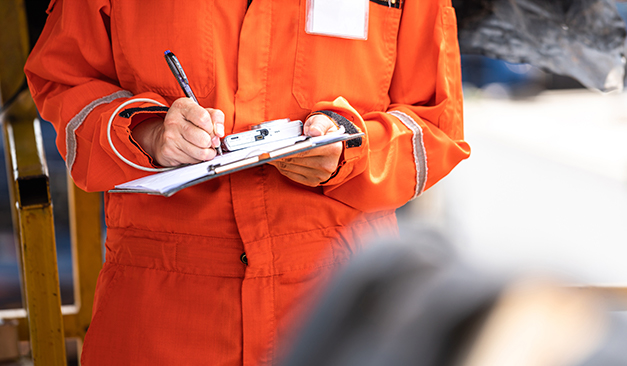The Definitive Guide to Dementia Fall Risk
Wiki Article
Dementia Fall Risk Can Be Fun For Everyone
Table of ContentsUnknown Facts About Dementia Fall RiskThe Greatest Guide To Dementia Fall RiskMore About Dementia Fall RiskAn Unbiased View of Dementia Fall Risk
An autumn threat evaluation checks to see exactly how most likely it is that you will fall. The assessment generally consists of: This consists of a collection of inquiries about your total health and wellness and if you have actually had previous drops or problems with balance, standing, and/or walking.Interventions are recommendations that might reduce your threat of dropping. STEADI includes three actions: you for your danger of falling for your threat variables that can be boosted to attempt to protect against falls (for instance, balance issues, impaired vision) to decrease your risk of falling by utilizing reliable methods (for example, supplying education and learning and sources), you may be asked several questions consisting of: Have you dropped in the past year? Are you fretted about falling?
If it takes you 12 seconds or even more, it may suggest you are at greater risk for a fall. This examination checks strength and equilibrium.
Move one foot midway ahead, so the instep is touching the large toe of your various other foot. Relocate one foot fully in front of the other, so the toes are touching the heel of your other foot.
Dementia Fall Risk for Dummies
Most drops take place as a result of numerous contributing factors; as a result, managing the risk of falling begins with identifying the variables that add to fall risk - Dementia Fall Risk. Several of one of the most relevant danger factors include: History of prior fallsChronic medical conditionsAcute illnessImpaired stride and equilibrium, lower extremity weaknessCognitive impairmentChanges in visionCertain risky medications and polypharmacyEnvironmental elements can also boost the threat for falls, including: Insufficient lightingUneven or harmed flooringWet or slippery floorsMissing or damaged hand rails and get barsDamaged or poorly equipped devices, such as beds, mobility devices, or walkersImproper use assistive devicesInadequate supervision of individuals staying in the NF, including those who display aggressive behaviorsA successful fall threat administration program requires a detailed scientific analysis, with input from all members of the interdisciplinary team

The care plan should additionally include treatments that are system-based, such as those that promote a safe atmosphere (appropriate lighting, hand rails, order bars, and so on). The performance of the treatments need to be evaluated occasionally, and the care strategy changed as needed to mirror adjustments in the fall risk analysis. Implementing a fall risk management system making use of evidence-based finest practice can decrease the occurrence of falls in the NF, while limiting the capacity for fall-related injuries.
The smart Trick of Dementia Fall Risk That Nobody is Discussing
The AGS/BGS guideline suggests evaluating all grownups matured 65 years and older for fall risk each year. This testing contains asking patients whether they have dropped 2 or more times in the past year or sought medical focus for a fall, or, if they have actually not dropped, whether they feel unstable when strolling.Individuals that have dropped when without injury ought to have check out this site their equilibrium and stride assessed; those with stride or balance problems ought to get additional evaluation. A history of 1 fall without injury and without gait or balance troubles does not warrant further evaluation beyond ongoing yearly autumn risk screening. Dementia Fall Risk. An autumn threat analysis is needed as part of the Welcome to Medicare examination

The 5-Minute Rule for Dementia Fall Risk
Documenting a drops history is one of the top quality signs for fall avoidance and monitoring. Psychoactive drugs in particular are independent predictors of falls.Postural hypotension can often be relieved by minimizing the dose of blood pressurelowering medications and/or stopping medications that have orthostatic hypotension as an adverse effects. Usage of above-the-knee support tube and copulating the head of the bed raised might also minimize postural decreases in high blood pressure. The advisable aspects of a fall-focused health examination are revealed in Box 1.

A Pull time higher than or equal to 12 seconds recommends high autumn risk. see post Being not able to stand up from a chair of knee height without utilizing one's arms suggests boosted loss threat.
Report this wiki page